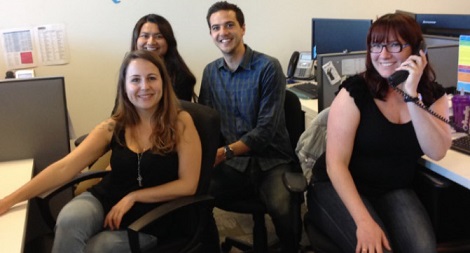Formalised programs are often used to enhance employee engagement in large organisations. These programs typically involve employee surveys, communication activities and action planning. It is hoped these undertakings will identify where changes can be made to improve employee engagement and to facilitate those changes. It is also hoped that as engagement increases, so too will business performance.

It’s a big ask…
…not least because employee engagement is a complex concept with actions requiring an appreciation of human behaviour and motivation, team climate and organisational culture.
I’ve been interested in employee engagement for a while and have been chatting with human resource colleagues about their experiences in supporting employee engagement initiatives. Human resource practitioners and corporate communication teams typically carry responsibility for delivery of employee engagement programs. Because of this, I was interested in obtaining their insights into:
- What employee engagement was?
- What factors most contributed to employee engagement?
- What were the biggest drivers of disengagement?
- What were the biggest obstacles to increasing engagement?
- What support or resources were critical for success?
- If they had to do it again (‘it’ being a large engagement program), what would they do differently?
- What things most influenced their own engagement?
They gave me rich perspectives in each area. A synthesis of what they shared follows.
1. What is employee engagement?
[READ MORE]
